The Zen of Drywall
Great moments in building history: With just a little bit of patience, you just may keep your sanity while working with drywall
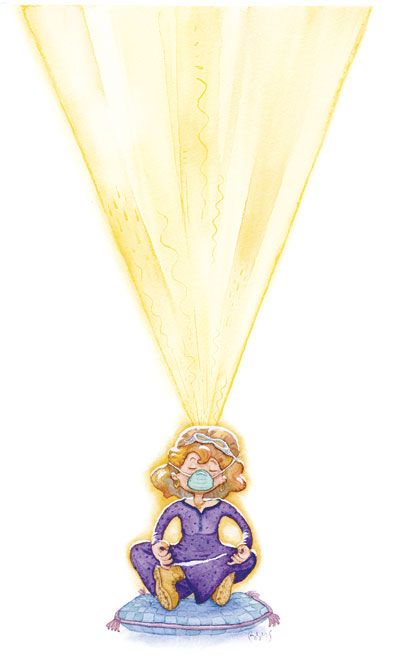
Now that my husband and I have survived drywall refinishing, we know why people went crazy in the Dust Bowl.
Our project seemed so simple: Scrape the lumpy-textured stuff off the acoustical ceiling in our living room, and refloat it with smooth, clean drywall mud.
Lulling us into a false sense of security, the scraping seemed easy: Wet a section of ceiling, wait two minutes, then scrape. Repeat until done.
Refloating proved the tricky part.
There’s a delicate balance—a yin and a yang— between using enough drywall mud to cover the tape seams and using too much. If the mark of a drywall professional is how little dust he creates, my husband and I didn’t even rank as amateurs, except maybe rank amateurs. We used enough mud to float the Sistine Chapel. And unfortunately, thinking this small project didn’t warrant the purchase of dust-control equipment that would grace our garage for years, we ended up with drywall dust gracing our house for years.
If the purpose of Zen is to attain realization, we quickly realized what a mess we had created. Although we were smart enough to put up plastic sheeting to prevent the dust from drifting into the rest of the house, we were also naïve enough to believe that this actually worked.
By the end of the first day of sanding, we were buried under an avalanche of white powder, but unlike other white powders, this one had no value, except possibly as a test of patience.
There’s only one way a woman can survive a houseful of drywall dust—two if you include heavy-duty tranquilizers, three if you throw in a long tropical vacation. But because options two and three are not options for most of us, the only real answer is the above mentioned: patience.
As one who has walked this dusty path, I now will share my wisdom. To start, put on your dust mask, take a deep breath, and let it go. Repeat until calm.
Through bitter experience, I learned that the trick to living with drywall dust is this: Do not clean until the project is done. If you start to clean, you’ll realize that the insidious white powder has traveled throughout every room in your house, creeping into cracks and crevices, invading the most intimate places in your home. You’ll find drywall dust in your medicine cabinet, on your toothbrush, in your coffeemaker, in your underwear. You’ll begin cleaning the living room, and before you know it, you’ll be cleaning the dining room, moving down the hall to the bedrooms, and tackling the closets; soon you’ll be scouring sinks, vacuuming rugs, rewashing linens.
Warning: Once you start cleaning, stopping is not an option. And the worst part is that just when you think you’re finished, a whole new layer of dust will settle. It’s a vicious cycle that can repeat over and over and over until you go mad. So I repeat: Do not start cleaning. Just put on your dust mask, take a deep breath, and let it go.
And now for practical advice, first and foremost: Do not wear black. If you have a black dog or cat, board them. Second: Wear white socks. Third: Learn to embrace the drywall dust. Become one with the drywall dust. Set out plastic snowmen on tabletops, and let the dust settle around them, turning your home into a festive, living snow globe. Wrap a red and green muffler around your husband’s neck, and take pictures of him, dustcovered, looking like the abominable snowman. Send these out as Christmas cards.
I know that waiting to restore your home to its predust condition is a difficult thing to do, but assume the lotus position, take a deep breath, and remember: The reward of patience is sanity—and the calming effect of a smooth, clean ceiling.
Text by P.J. Tallman
Fine Homebuilding Recommended Products
Fine Homebuilding receives a commission for items purchased through links on this site, including Amazon Associates and other affiliate advertising programs.

Reliable Crimp Connectors

Affordable IR Camera

Handy Heat Gun
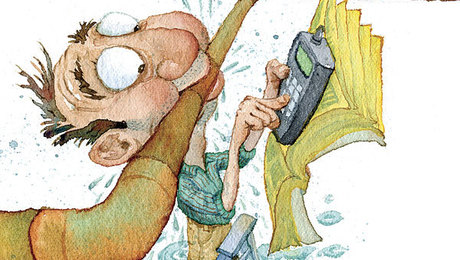
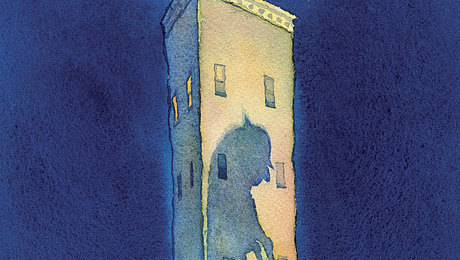
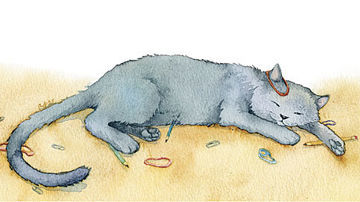
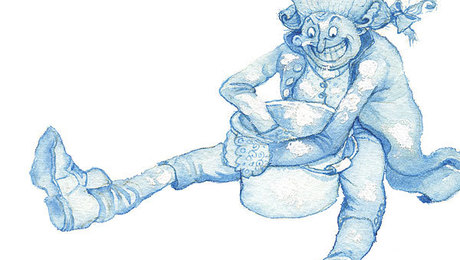























View Comments
As you're probably now aware, with drywall mud, less is more. two or three thin coats will give you a nice finish that needs almost no sanding. If you try to make it look nice in one go, you're in trouble. It actually amazes me how much it improves from coat to coat even if you scrape it as thin as you can.